Lipstick
Make Your Own Lipstick at Home
Ever wanted to make your own lipstick? It’s easier than you think—and with our Go Native Lipstick Kit, you’ll have everything you need to get started.
Go Native Lipstick Kit
When you purchase the kit, you can choose from:
-
5 x 5ml clear glass pots (you will need a lip brush to apply)
5 x 5gm lip balm tubes
5 x 5gm kraft tubes
You also have the option to add a set of mini measuring spoons—and if it's your first time, we highly recommend them! They're essential for measuring out your pigments accurately.
Each kit includes a ready-made vegan lipstick base from Marie Rayma’s book Make It Up, along with our top tips, a helpful video tutorial, and a few of our favourite shade recipes.
Let's play!
How-To Video: Make Your Own Lipstick
Watch our step-by-step guide to see the process in action.

Equipment You Might Find Useful
If you're working from scratch using Marie Rayma’s original recipe, these tools will make the job a whole lot easier:
- Mini scales – for measuring tiny amounts of ingredients accurately (down to 0.01g).
- Glass beaker – for melting and mixing your lipstick base.
- Mini silicone spatula – perfect for blending pigments and scraping every last bit from the sides.
Don’t have these? No worries—any heatproof container and a regular spatula will do in a pinch. But these tools make the process faster, easier, and less messy.
Why Measuring Spoons Are a Must
Mini measuring spoons are key for pigment. The recipes are based on specific spoon measurements: TAD (1/4 tsp), PINCH (1/16 tsp), and DROP (1/64 tsp). These tiny quantities can’t be accurately guessed—and even a small variation can change your final colour. Level off your pigments with a knife for consistency, and don’t pack them tight.

Adding Your Pigment
Weigh out 6g of your base into your beaker or dish. It's good to use 6g even if you're filling a 5g container to make allowances for mixture getting lost around the sides of your dish, better to have a touch too much than too little. It won't look like much, I'm making 12g here so will look like half as much as the far left picture.

Blending The Pigment


Pouring

You Made Lipstick!!
DIY Lipstick Shade Suggestions
These are some of our favourite formulas to get you started. The ratios below are based on 6g of base.
Spoon size guide:
- TAD = 1/4 tsp
- DASH = 1/8 tsp
- PINCH = 1/16 tsp
- SMIDGEN = 1/32 tsp
- DROP = 1/64 tsp
When formulating your own shades the rule of thumb is 7 x PINCHES (1/16 tsp) of pigment per 6g of base, not including micas (the pigments that do the grunt work when it comes to colouring). Feel free to experiment with less or more.
And have fun!

Sasha (Deep Red)
- 3 x DASH (1/8 tsp) red rouge
- 1 x PINCH (1/16 tsp) red iron oxide
- 1 x DROP (1/64 tsp) brown iron oxide

Manila (Orangey Coral)
- 1 x PINCH (1/16 tsp) titanium dioxide
- 1 x PINCH (1/16 tsp) red iron oxide
- 1 x PINCH (1/16 tsp) + 1 x SMIDGEN (1/32 tsp) yellow iron oxide
- 1 x SMIDGEN (1/32 tsp) rouge red
- 1 x PINCH (1/16 tsp) princess peach mica (optional)

Farrah (Bright Pink)
- 1 x PINCH (1/16 tsp) + 1 x DROP (1/64 tsp) rouge red
- 1/2 tsp + 1 x PINCH titanium dioxide
- 1 x PINCH (1/16 tsp) princess peach mica

Naomi (Deep Plum)
- 1 x DASH (1/8 tsp) + 1 x SMIDGEN (1/32 tsp) rouge red
- 1 x PINCH red iron oxide
- 1 x PINCH brown iron oxide
- 1 x PINCH titanium dioxide
- 1 x SMIDGEN (1/32 tsp) + 1 x DROP (1/64 tsp) *ultramarine blue

Bob (Dark Brown with Bronze Shimmer)
- 3 x PINCH (1/16 tsp) brown iron oxide
- 1 x DASH (1/8 tsp) yellow iron oxide
- 1 x PINCH (1/16 tsp) + 1 x SMIDGEN (1/32 tsp) red iron oxide
- 1 x DASH (1/8 tsp) bronze satin mica
Note: Ultramarines are not approved for use in lipsticks in the USA, but are permitted in all cosmetics (including lipsticks) in the EU. 'Naomi' is the only shade listed here that includes ultramarine blue—feel free to skip it if you're unsure.
Have fun and tag us in your creations—we'd love to see your shades! #gonativenz
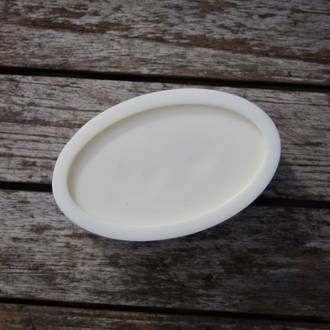





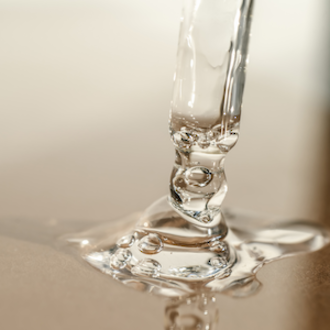
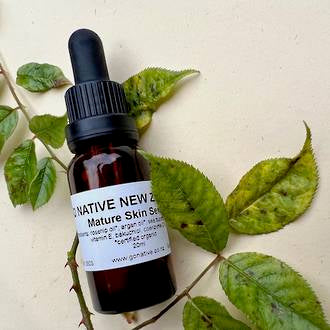
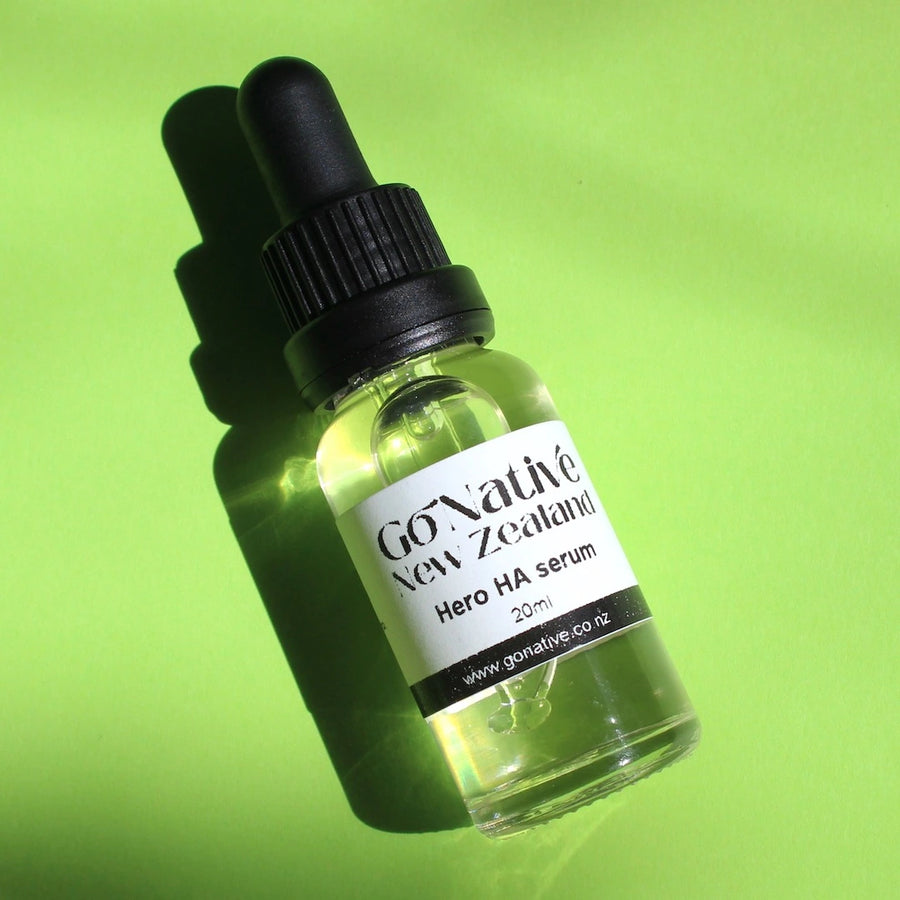
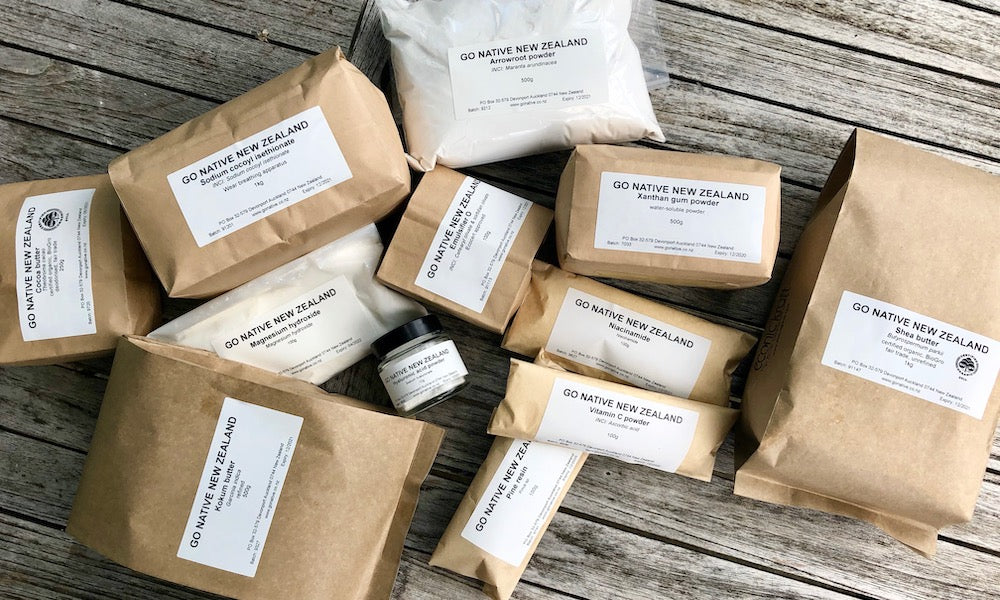
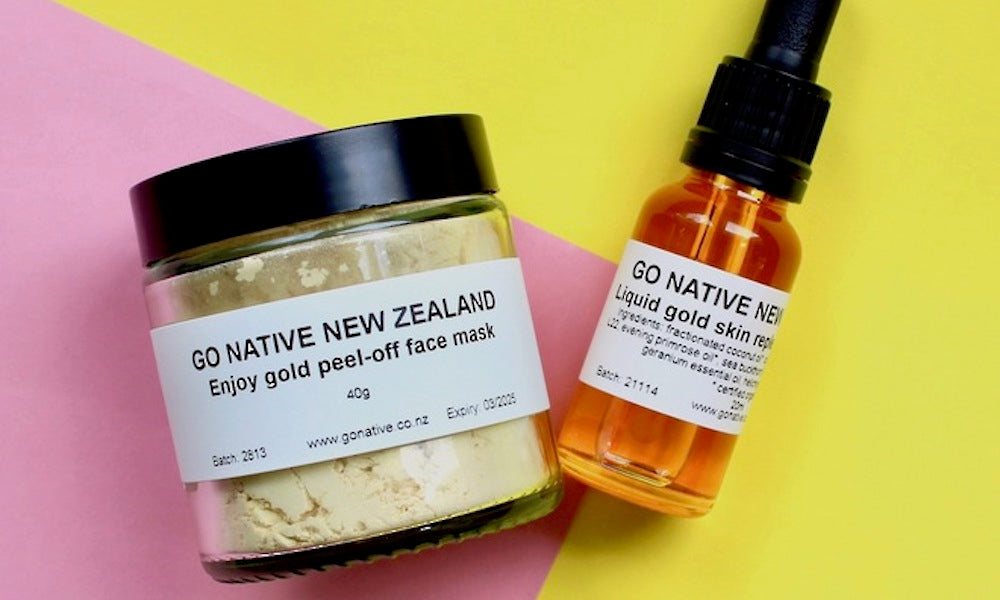
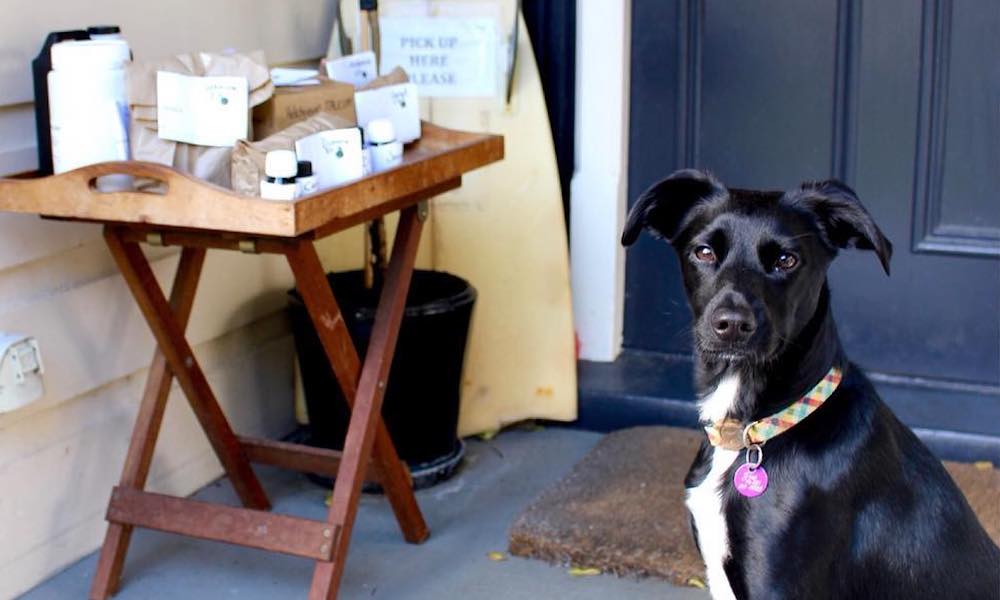

Leave a comment